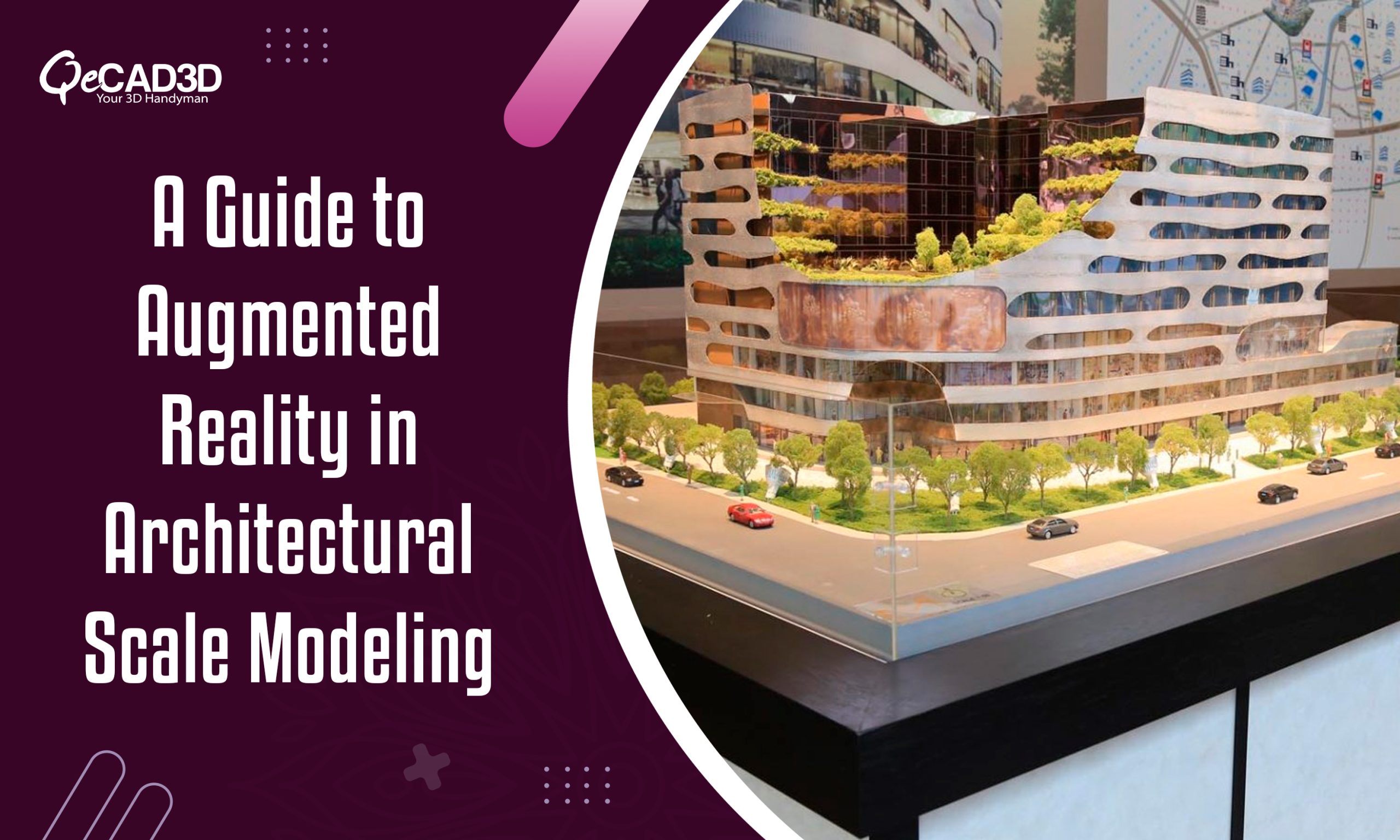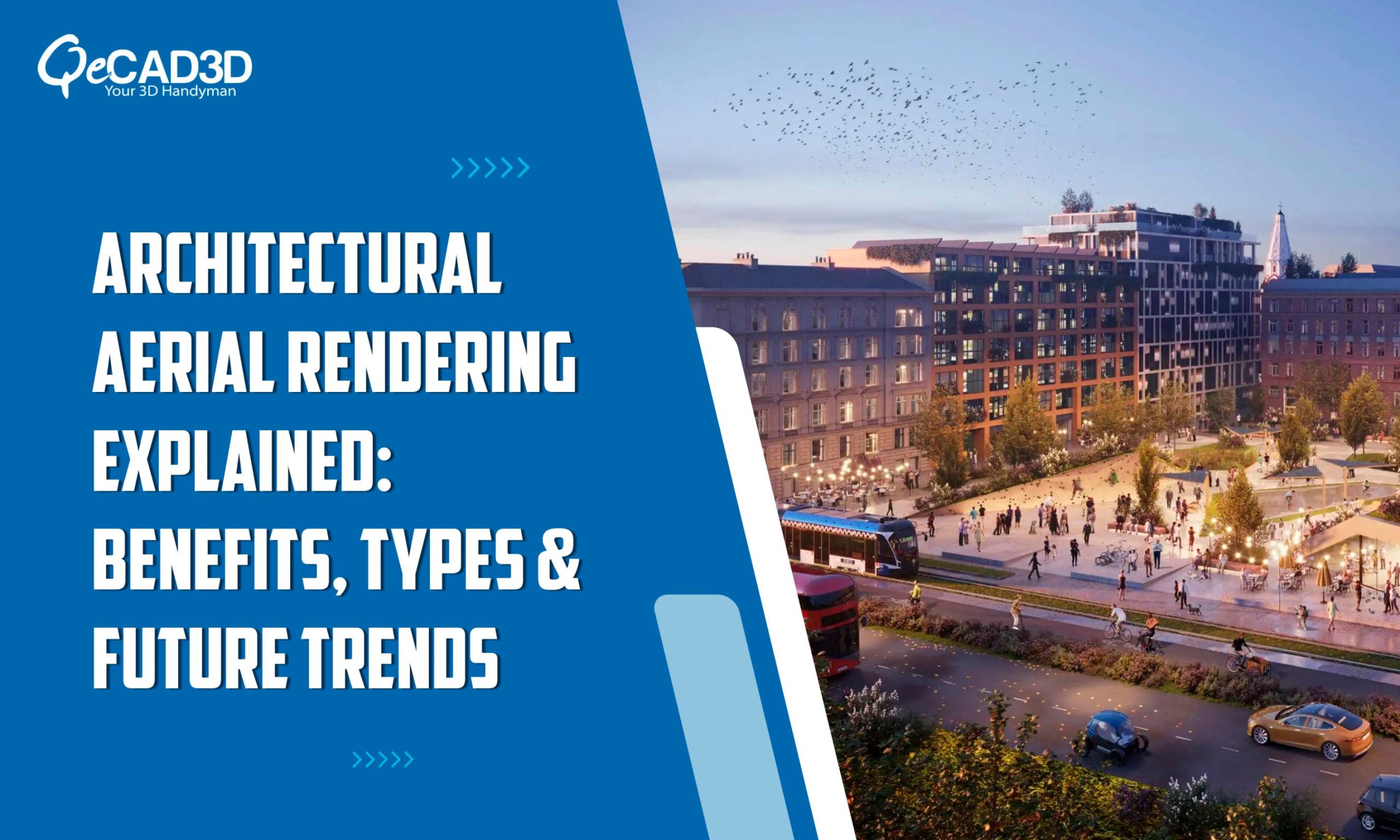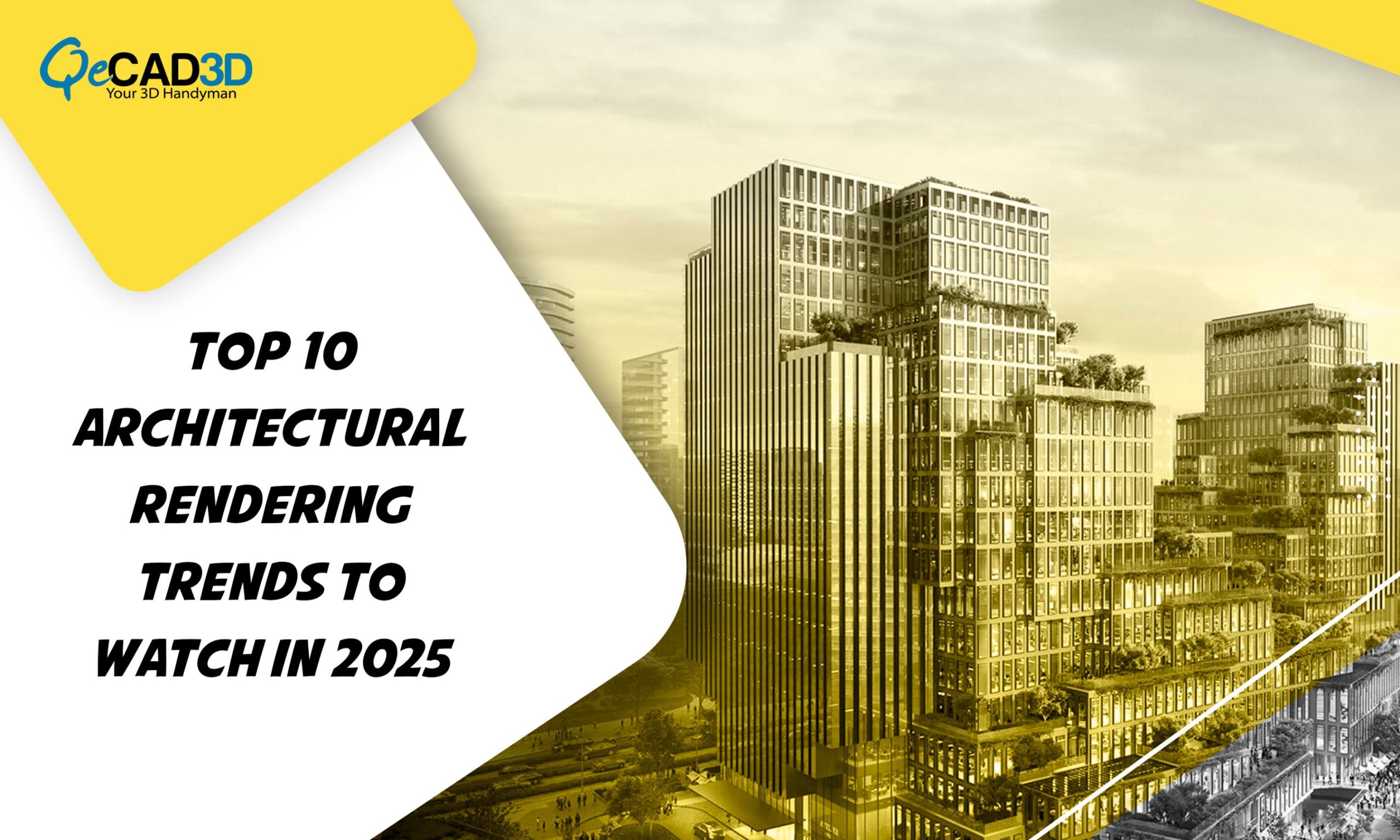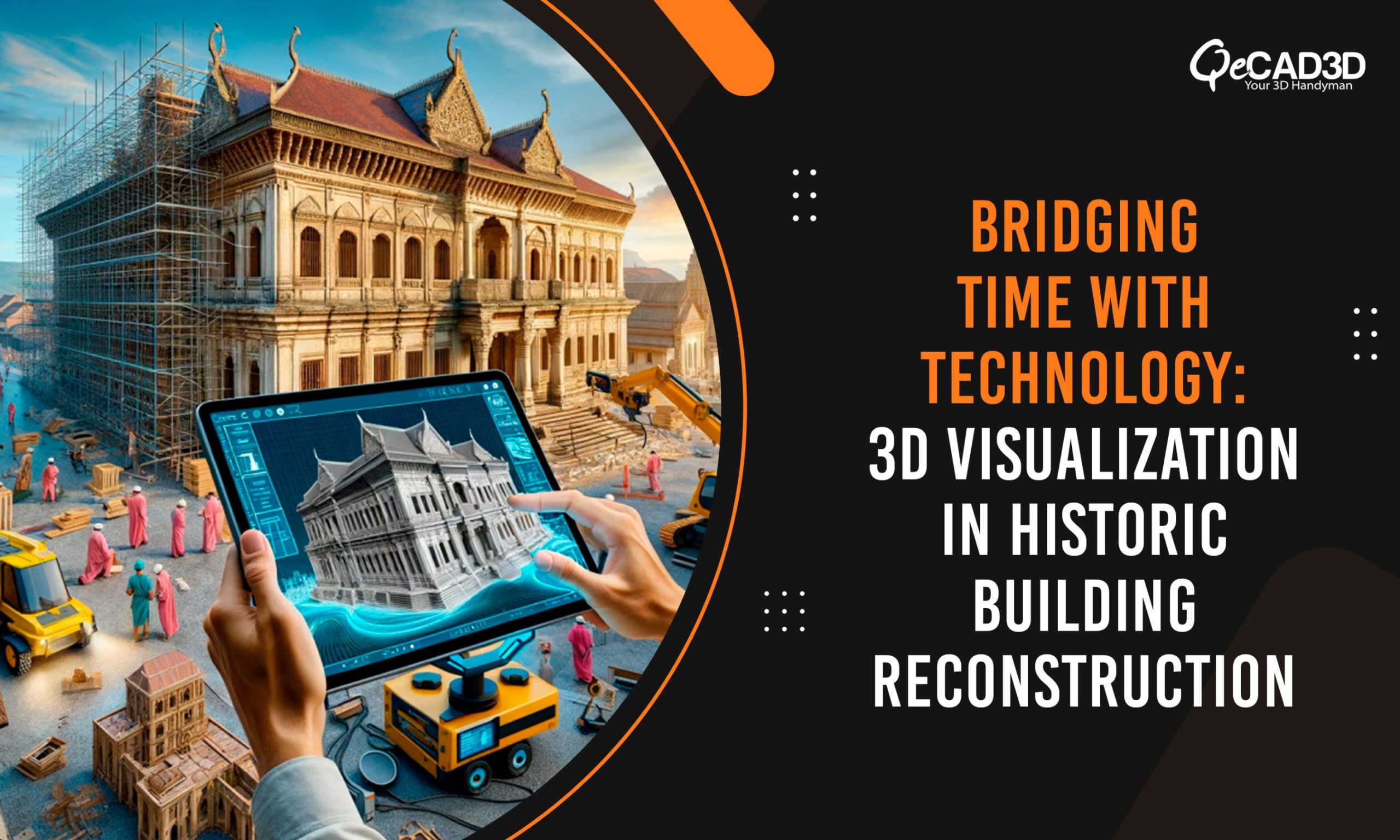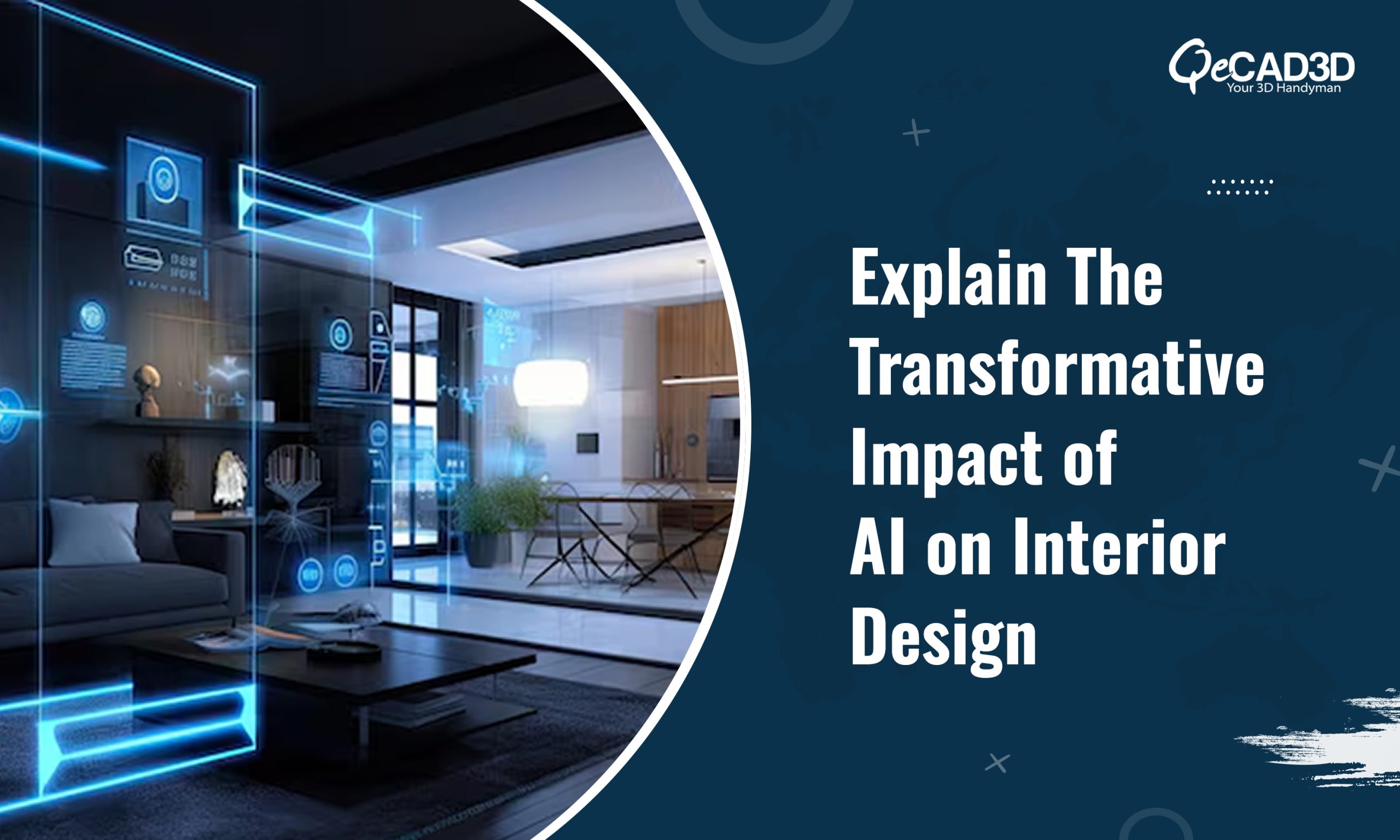A Guide to Augmented Reality in Architectural Scale Modeling
Introduction
In the AEC industry, technology remains a crucial force in moulding the future. One of the most prominent and cutting-edge technologies, Augmented Reality (AR), which superimposes digital content onto the physical world, has seamlessly integrated into current architectural practices. One fascinating application of this is the integration of AR with the architectural scale models. It is transforming how architects and designers present their designs.
The below blog will reveal the exciting realm of creating the augmented reality experiences for the architectural scale models, exploring the tools, techniques, and benefits of this innovative approach.
Understanding Augmented Reality in Architecture
Before we dive into the specifics of creating AR experiences for architectural scale models, let’s briefly understand the concept of augmented reality in architecture. Augmented Reality involves merging computer-generated content with the real-world scenario, Elevating the user’s awareness and engagement with their environment. In the architectural domain, AR offers a dynamic platform to visualize and communicate the design concepts using Virtual Tour Services, making it an invaluable tool for both architects and clients.
Tools and Technologies
Creating augmented reality experiences for architectural scale models requires a combination of hardware and software tools. Here’s a breakdown of the key components:
- Scale Models: Start with a detailed physical scale model of your architectural design. This could be a 3D-printed model or a carefully crafted handmade model. The more accurate and intricate the model, the better the AR experience will be.
- 3D Modeling Software: Use advanced 3D modeling software such as SketchUp, Rhino, or Autodesk Revit to create a digital representation of your architectural design. Ensure that your digital model aligns perfectly with your physical scale model.
- Augmented Reality Software: Choose an AR development platform or software to integrate the digital content with the physical model. The most popular software choices include Unity3D, Vuforia, and ARKit/ARCore for mobile applications.
- Smart Devices: Augmented reality experiences are predominantly accessed via smart devices such as smartphones and tablets. Ensure that your AR application is compatible with a diverse array of devices to broaden its reach among audiences.
Creating the AR Experience
Now, let’s explore the step-by-step process of creating augmented reality experiences for architectural scale models:
- Digital Model Alignment: Import your 3D architectural model into the chosen AR development platform. Ensure that the digital model is perfectly aligned with the physical scale model.
- Marker-based Tracking: Implement marker-based tracking to anchor the digital content to the physical model. Markers can be specific patterns or symbols on the scale model that act as reference points for the AR software.
- Interactive Elements: Enhance user engagement by adding interactive elements to your AR experience. This could include information pop-ups, animations, or even virtual walkthroughs of the architectural design.
- User Interface Design: Design a user-friendly interface for your AR application. Take into account the user interaction with augmented content and guarantee a smooth and intuitive experience.
- Testing and Optimization: Thoroughly test your AR application with different devices and in various environments. Optimize the performance to ensure smooth interactions and realistic overlay of digital content on the physical model.
Benefits of AR in Architectural Scale Models
Integrating augmented reality with architectural scale models offers numerous benefits for architects, designers, and clients alike:
- Enhanced Visualization: AR provides a more immersive and detailed visualization of architectural designs, allowing stakeholders to experience the project in a realistic manner.
- Interactive Communication: AR empowers architects to communicate their design intent with greater effectiveness. Clients can engage with the model, exploring diverse perspectives and gaining a more profound understanding of the envisioned structure.
- Real-time Changes: AR allows for real-time updates and changes to the digital content, enabling architects to showcase variations or modifications to the design instantly.
- Remote Collaboration: Architects and clients can collaborate remotely through AR, eliminating the need for physical presence. This is particularly valuable in situations where stakeholders are located in different geographical locations.
Conclusion
The merger/fusion of augmented reality and architectural scale models opens up a new dimension in the field of architecture. By leveraging this innovative technology, architects can transform the way they present and communicate their designs. The immersive and interactive nature of AR enhances the overall architectural experience for both professionals and clients, paving the way for a more dynamic and engaging future in the world of architecture. As the technology continues to progress, the integration of AR in Architectural Rendering Services is poised to become a standard, shaping the way we perceive and interact with the built environment.


